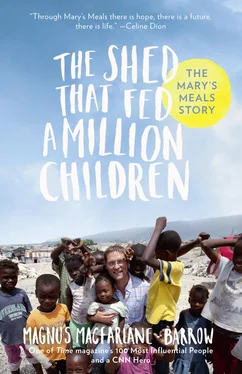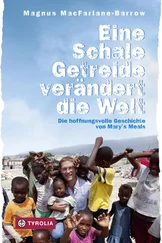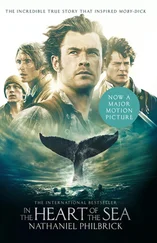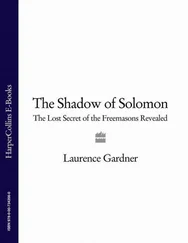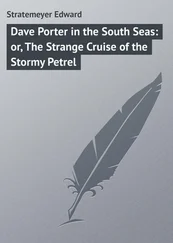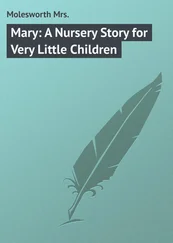I began to dislike the terms ‘refugees’ or ‘displaced people’. Of course these are simply necessary, useful ways accurately to describe people who have fled their homes. But I realized that these terms, until I met the real people categorized that way, and got to know them, had begun to represent inaccurate stereotypes in my mind. In another Zagreb camp, during a conversation with a likeable, sparkly-eyed, articulate middle-aged man, I learnt that he had previously been the CEO of a haulage company with a large fleet of trucks. The fact that at that particular moment in time I was the one who happened to be driving a lorry and giving him aid, even though I had a poorer education, a much smaller experience of life and far less knowledge of how to organize the transportation of goods by truck, most certainly gave me no reason to feel in any way superior to him. Although I found it hard to admit, I had caught myself beginning to feel that way: I the giver; this stranger the receiver. I with power; he with none. I began to realize that this kind of work was a very dangerous one indeed.
Meanwhile, Marijo had found a new way to distribute our gifts of clothing to those in great need. He had come to realize that many found their newfound reliance on aid the greatest suffering of all. In order to respect their dignity, he would take over a hall or large space, and lay out the clothing on long rows of tables. He would then advertise an invitation for people to come and choose whatever they wished ‘so they could give to people they might know in great need’. Thus he found a way for people to come and select the clothing they needed and liked without public humiliation.
And so it went on, truckload after truckload, filled with an ever-growing torrent of donations from Scotland. Julie, to my delight, had indeed decided to continue helping and was now my co-driver on most journeys. As the volume of support increased it became clear to us that a very small truck was not the most cost-effective way to be transporting large quantities of goods over long distances. We needed something larger. To be able to drive the largest trucks we had to sit our Heavy Goods Vehicle driving test and so, during November of 1993, we stayed with Julie’s family in Inverness (who had been among the greatest supporters of our work before I had even met Julie) and began to take the necessary lessons. To my great discomfort, after a couple of lessons together, it became rather obvious that Julie was much better than I was at driving an articulated truck. In fact, after the first ‘lesson’ with Julie at the wheel, the instructor said to her in an incredulous tone, ‘You are kidding me on, aren’t you? You’re not a beginner, you’ve been driving these things before, haven’t you?’ My heart sank a little and I climbed into the driver’s seat for my turn.
‘You might need a little bit more work,’ he stated tactfully at the end of my drive, ‘especially on the roundabouts.’
This was kind of him given the drastic measures at least one car driver had taken to avoid being squashed by my trailer. I had not previously understood all that needs to be considered while driving a 16-metre vehicle that bends when you go round corners. At his kind words, a little knot of fear formed in my stomach and over the next couple of weeks this became something closer to panic. It was not so much thoughts of crushing a fellow roundabout user, or even demolishing a petrol station with one clumsy swish of my enormous tail, which caused me this anxiety. It was, rather, the prospect of having to tell my friends back in Dalmally the news that Julie had passed the test and I hadn’t. This would provide them with ammunition for jokes at my expense for years to come.
And indeed it has, for in the end Julie did pass her test with flying colours and I failed (yes, my trailer had strayed into another lane while negotiating a roundabout). My excuse that I was starting with a disadvantage, having passed my original driving test in an old Land Rover, in our neighbouring village of Inveraray – a village entirely bereft of roundabouts – did not wash with any of them. To my enormous relief I passed at the second attempt, and before long we had bought a huge 44-tonne articulated truck. Julie had a habit of naming all our trucks and for some reason, which I never understood, she called this one ‘Mary’, the most unlikely name I could imagine for this gigantic beast. We were delighted to discover just how much aid we could fit inside this truck, all the more so when we were suddenly immersed in a bigger wave of donations from the public than ever before.
For several months we had been closely following the disturbing events unfolding in Srebrenica. Another Muslim town in a Serbian-controlled area of Bosnia-Herzegovina, it was now surrounded by enemy forces and hugely overcrowded. Like several other towns in similar situations it had been declared a ‘safe haven’ by the UN, who promised they would ensure the safety of all those who sought refuge there. By July 1995, over 30,000 Muslims were crowded into what had previously been a tiny town in a small steep-sided valley. Each building was full of people and thousands slept outside. As the months wore on many began to die of starvation, while even more were killed by the shells being fired from the mountains above the town. Finally, while we and many in the world watched in disbelief and horror, the Serb soldiers invaded the town. The 400 Dutch UN soldiers surrendered without firing a shot. The Serbs then proceeded to select all the Muslim men of fighting age, took them to an abandoned factory and murdered over 8,000 of them in two days. Most of the women (after many had been raped) and children were left to flee through the forests. The majority of them made their way to Tuzla, the nearest large town, where a makeshift camp of tents was hastily erected at an old airfield. All of this unfolded before the eyes of the world. We were kept up to date by regular bulletins. In addition to the anger I felt at the Serbs, I now experienced a burning rage at the UN and our own government, who had simply let this pre-planned atrocity happen in a place they had the audacity to call a ‘safe haven’. I felt ashamed.
Immediately after this event donations poured in faster than ever, both from an outraged public and food companies who offered us pallets of flour, sugar, canned foods and much more. And so, with an enormous, precious cargo, we set off in our new articulated lorry, determined to get this aid to the women and children recently arrived in Tuzla – not a straightforward task given the only way to reach that town would be to cross central Bosnia-Herzegovina where the war was still raging in a complicated way. We knew our large truck was not designed for the mountain tracks that we would need to navigate and so we agreed to collaborate with another UK charity, which was using small trucks to deliver aid within Bosnia-Herzegovina.
We met them in the Croatian town of Split and, in an industrial complex, we decanted our load into their five trucks, under a searing sun. After a much-needed dip in the Adriatic we headed north, Julie and I now co-driving the smaller trucks with our new colleagues. By the second day of driving we had left behind the tarmac for safer dirt tracks in the forest. These felt familiar to me as they were similar to roads in Scotland on which I had learnt to drive as a teenager. And the surrounding landscape was familiar, too, although the mountains were a bit taller and more dramatic than those in Argyll. But I soon began to realize that these trucks, unlike the Land Rovers and pickups I was used to, were not four-wheel-drive vehicles and were clearly not designed for this terrain. The roads became rougher and steeper. Wheels began to spin and I started to worry. And my growing concern was not just caused by the unsuitable vehicles we had found ourselves in, but by a realization that among the new team we were now part of some appeared more interested in thrill-seeking than the safe delivery of aid. Just north of the city of Mostar we had seen and heard shells exploding in the distance. I was horrified to hear one of our co-drivers suggest we take a route closer to where the smoke was still rising so we ‘could see what was going on’. It appeared to me as if some of them wanted to play at being soldiers. When we stopped at UN bases to gain advice on the safest routes to proceed on, some of our co-drivers persuaded the soldiers to lend them their machine guns so they could pose for photographs.
Читать дальше
